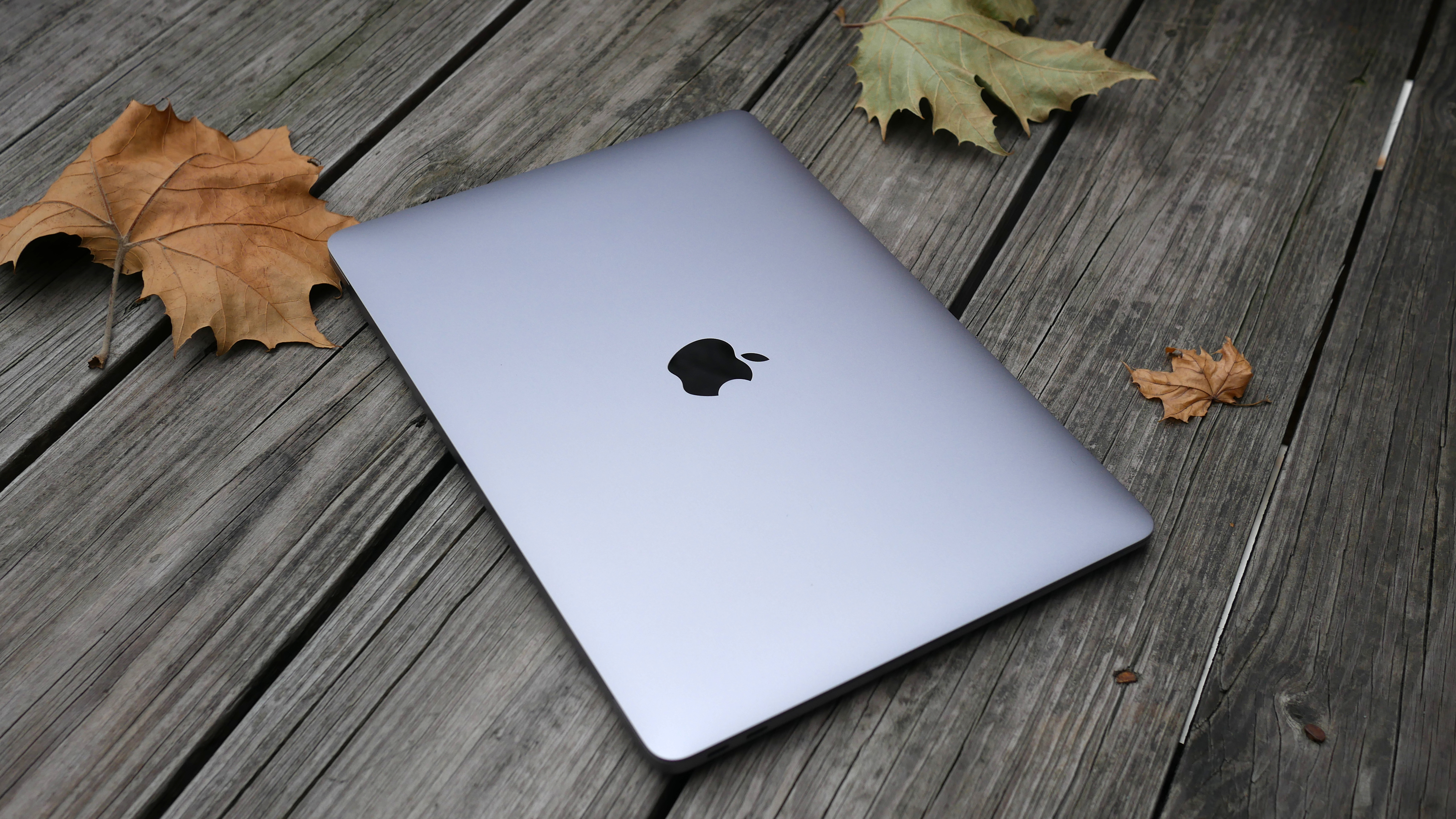MacBooks with M1 get native Chrome app — but there's a major issue
Chrome for M1 unexpectedly crashes

As we stated in our reviews of the new MacBook Air and MacBook Pro, Apple's M1 chip is a revelation. But there is some fine print.
Because M1 uses a different architecture from Intel, apps need to be reworked to run natively on the ARM-based chip, otherwise, they are emulated. Apple's translator, called Rosetta 2, works great, but Universal apps (those made for Intel and ARM) run faster.
- MacBook Air with M1 review: A near-perfect laptop
- Apple MacBook Pro (13-inch, M1, 2020) review
- MacBooks with M1 chip will run Windows 10 software
For now, the vast majority of apps require Rosetta 2, however, devs are hard at work getting their programs running natively on M1 and other ARM-based chips. Google, doing all it can to keep up with Apple's revamped Safari browser, released a version of Chrome that runs natively on M1.
Unfortunately, there was a problem. While Google didn't officially announce a rollout of the new Chrome version, the release was paused because of reports that the browser unexpectedly crashes.
"Earlier today we updated our Chrome download page to include a new version of Chrome optimized for new macOS devices featuring an Apple processor. We've discovered that the version of Chrome made available for download today may crash unexpectedly," said a Chrome support manager.
Chrome for M1 bugs: What to do
There is a temporary workaround (see below) for the problems but you might want to just download Chrome for Intel. I used the non-native app throughout my MacBook Air review, and while it didn't run quite as quickly as I'm used it, I had no problems firing up dozens of tabs.
Another option is to use Safari or a different browser until Google releases a fix, which it promises will arrive soon.
Sign up to receive The Snapshot, a free special dispatch from Laptop Mag, in your inbox.
When it does, Chrome should be better than ever. Chrome 87 will bring with it the "largest gain in Chrome performance in years," said Matt Waddel, the director of product on Chrome. For evidence, Chrome will reduce CPU usage by five times while extending battery life by 1.25 hours. The browser will fire up 25% faster and pages should load 7% faster while using less RAM.
Eager to feel the improvements coming to Chrome on Mac? Below is the workaround Google recommends in case you're running into problems with the native M1 app.
- Open System Preferences.
- Navigate to Security & Privacy.
- At the top, select Privacy.
- From the left, select Bluetooth.
- Below your approved applications, select add application (+).
- Select Google Chrome.
- Restart Chrome.
Phillip Tracy is the assistant managing editor at Laptop Mag where he reviews laptops, phones and other gadgets while covering the latest industry news. After graduating with a journalism degree from the University of Texas at Austin, Phillip became a tech reporter at the Daily Dot. There, he wrote reviews for a range of gadgets and covered everything from social media trends to cybersecurity. Prior to that, he wrote for RCR Wireless News covering 5G and IoT. When he's not tinkering with devices, you can find Phillip playing video games, reading, traveling or watching soccer.

